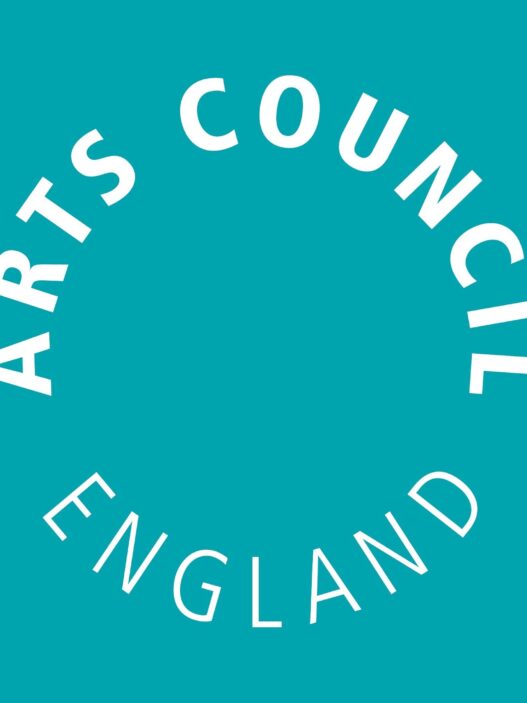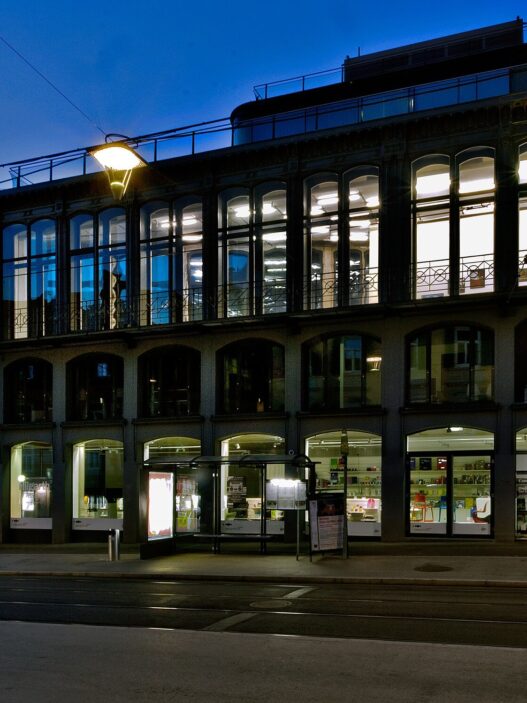The item collection serves as the traditional museum’s core, providing the institution’s history and defining characteristics as a social and political organization. Although the museum endures societal changes, the foundation of its research projects frequently draws on historical customs. The creative approaches provided by art-based research from the twenty-first century that question how items relate to their institutions could make the museum a more cutting-edge environment to experience.
Such investigations of “Museum-ing,” where art-based study is an act or practice of being with the museum artistically, are sought after in our call for research for issue 13 of the Stedelijk Studies Journal. We specifically target artists, theorists, curators, and academics whose work engages with the museum’s physical space, phantasmatic qualities, and the power and significance of its collection in both contemporary and historical contexts. We encourage submissions that consider the museum from several angles and suggest “museum-ing” as a means for investigating, probing, and speculating about the past, present, and future gaps in methodology and knowledge. What are the potentials for art-based research to transform the concept of “the Museum” into “museum-ing,” and what possibilities does this shift present?
Our foremost questions include but are not limited to:
–What can art-based research bring to the table when examining the idea of the museum in the 21st century? Is a paradigm shift possible?
–How has the performance or performativity of the Museum situated it as an agent or actor in society and communities and how can it do so in the future?
–How might non-hierarchical methodologies transform the museum into new subject positions, and what possibly does that transformation look like?
–How can (artistic) research positions in the museum create sites of discourse or speculative futures for local and global issues such as post-colonial conditions, the climate emergency, geopolitical tensions, or the question of identities?
–How can art-based research affect the other facets of the museum, such as educational programming, funding, and publications? What artistic or scholarly interventions are needed/could be explored within the museum and institutional space?
–How can (artistic) research allow the museum to recognize its changing audience, today’s youth, or communities excluded from collections until now, and how can the role of research with the museum reach out and open up to these publics?
With the inclusion of artists in its curatorial and research teams, the Stedelijk Museum has already begun to address these issues. We collaborate with academics, artists, and other creatives to shift the focus of research from Western art history to a more comprehensive understanding of art histories through curatorial and collection practices both inside our own walls and online. Peer-reviewed creative practices are incorporated into the Stedelijk Studies Journal’s process in order to advance this setting in which intellectual and artistic effort are valued equally. As a result, we encourage knowledge dissemination across the board, from scientific writing to the whole spectrum of artistic media.
The issue 13 editors are looking for submissions that contribute well-researched, unique viewpoints to contemporary discussions, especially those that veer into the fantastical.
All approved submissions are subject to scientific or creative peer assessment, and all authors are expected to be willing to take criticism and collaborate on the final product.
We will charge published submissions a fee of 400 EUR in order to further open up the peer-reviewed process (excl. VAT).
Please send abstracts or artwork proposals (max. 300 words and optionally max. 5 images) and CV (merged in one PDF file) to [email protected] by September 5, 2022.
Stedelijk Museum Amsterdam
Museumplein 10
Amsterdam
The Netherlands









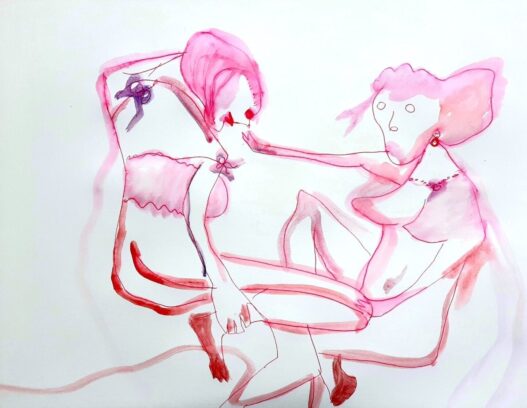
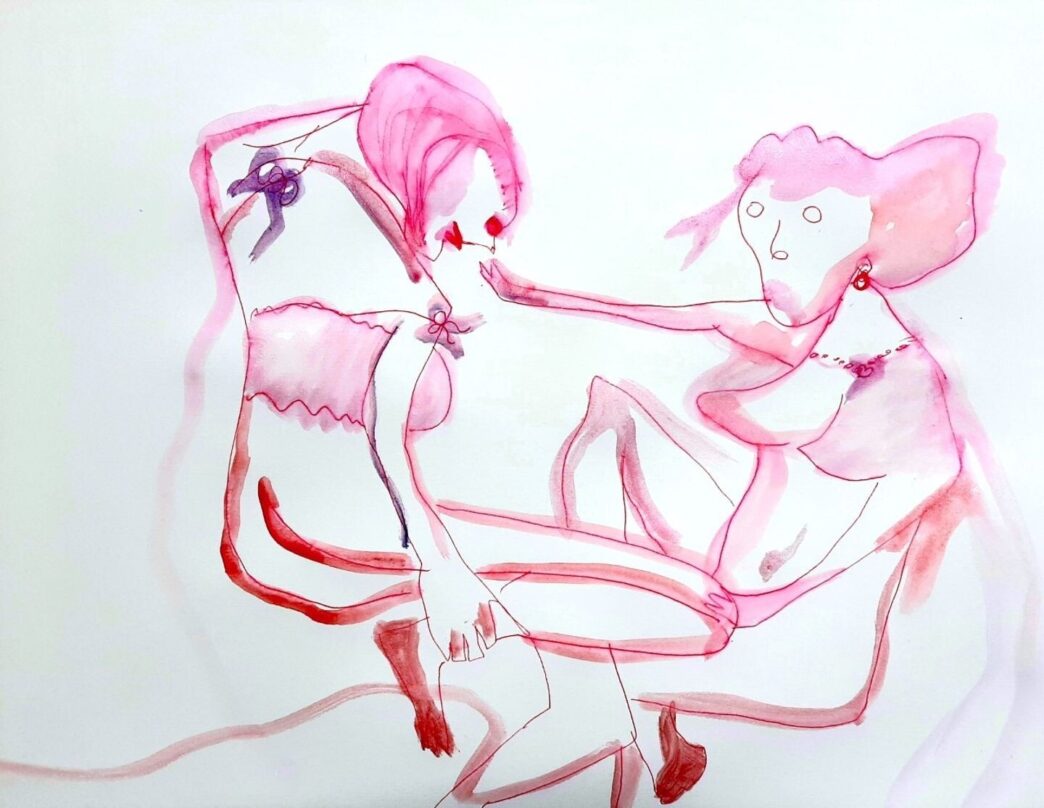


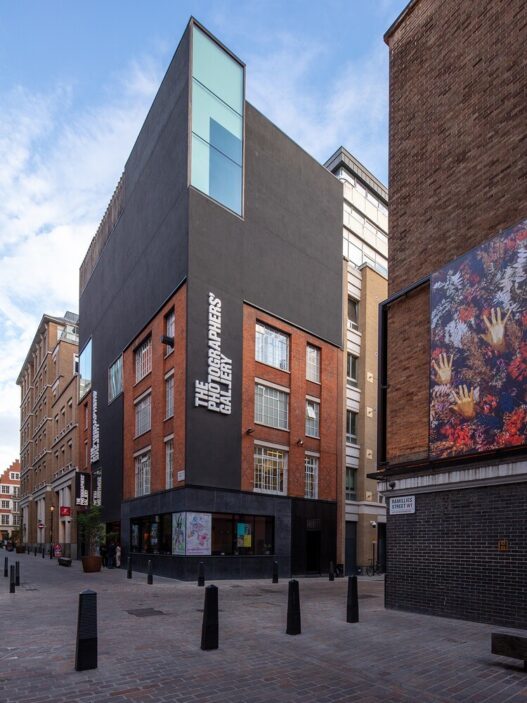
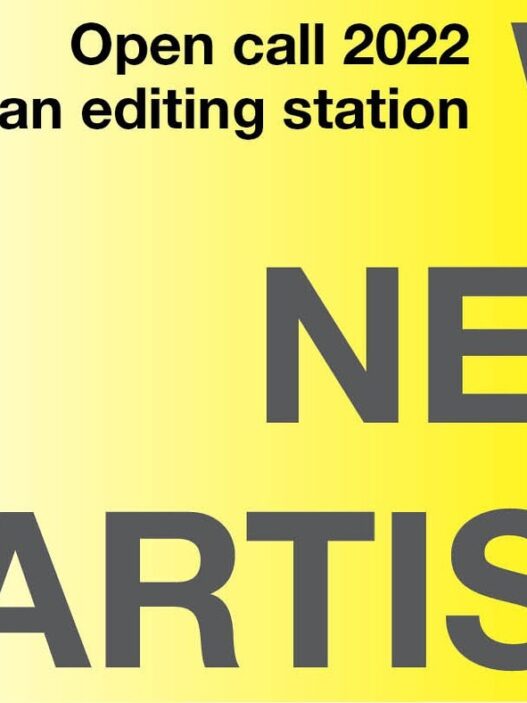

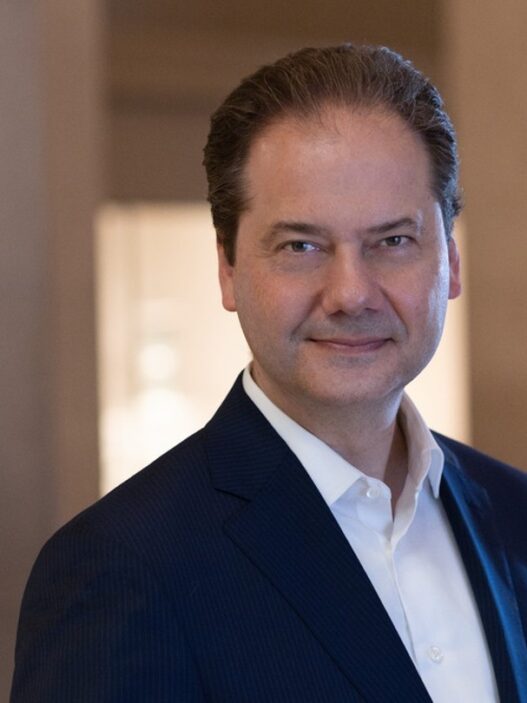
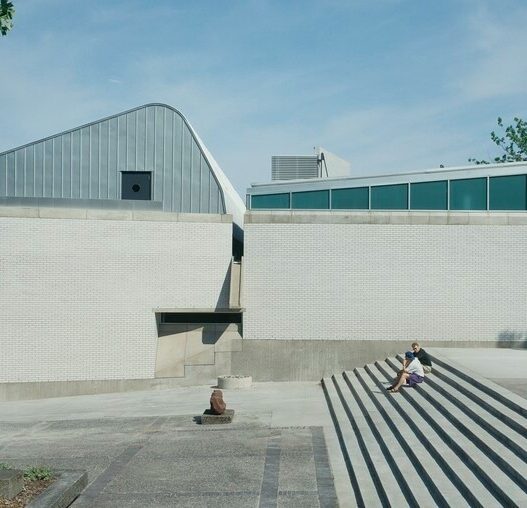
![A sketch for the project KĪPUKA [for Natasha] by Maile Meyer and Drew Kahuʻāina Broderick, 2022.](https://dailyart.news/wp-content/uploads/2022/08/singapore_biennale-527x703.jpg)
